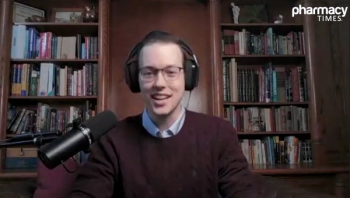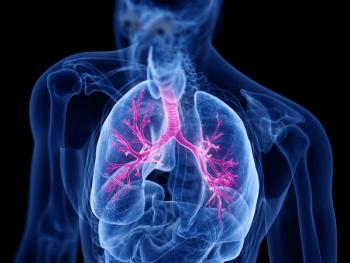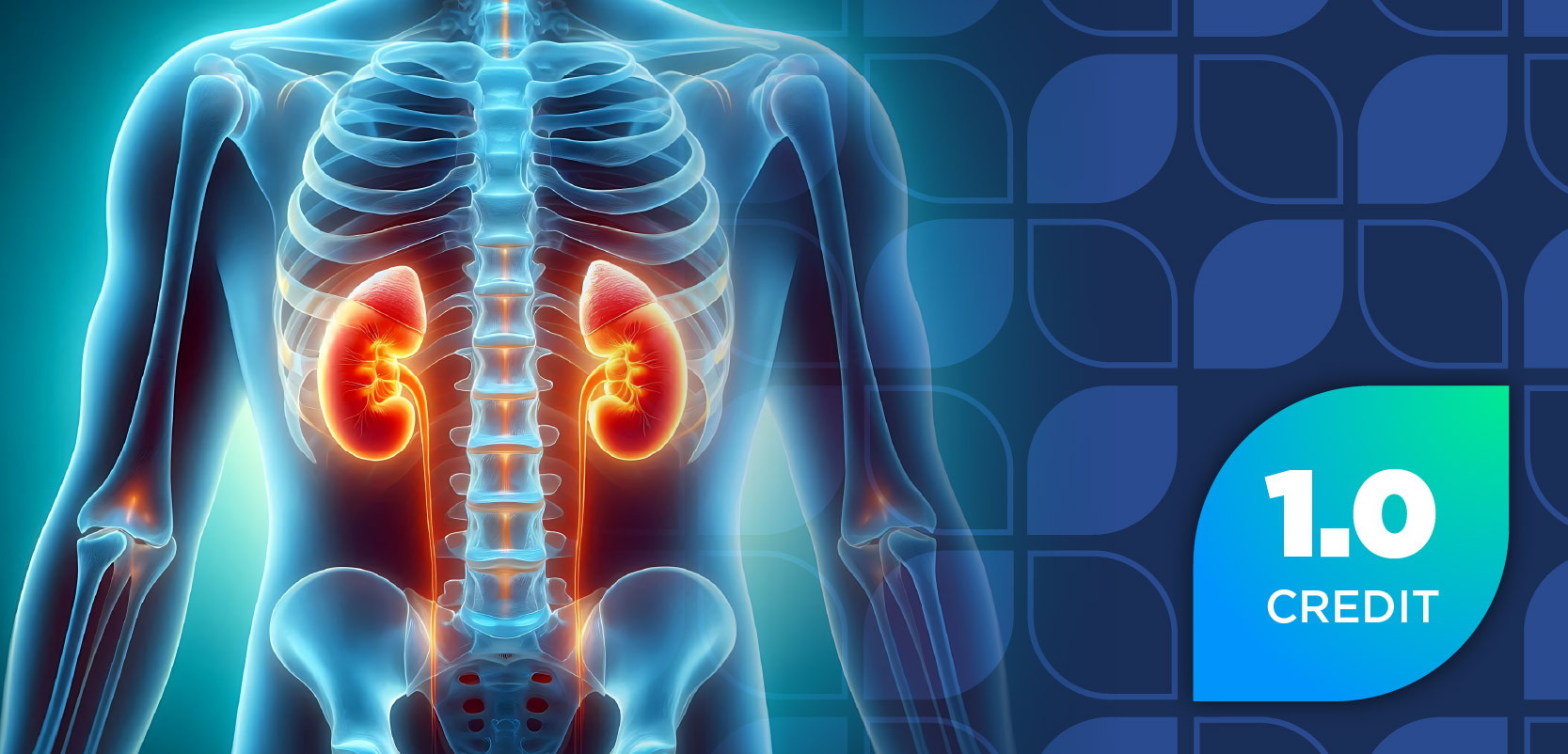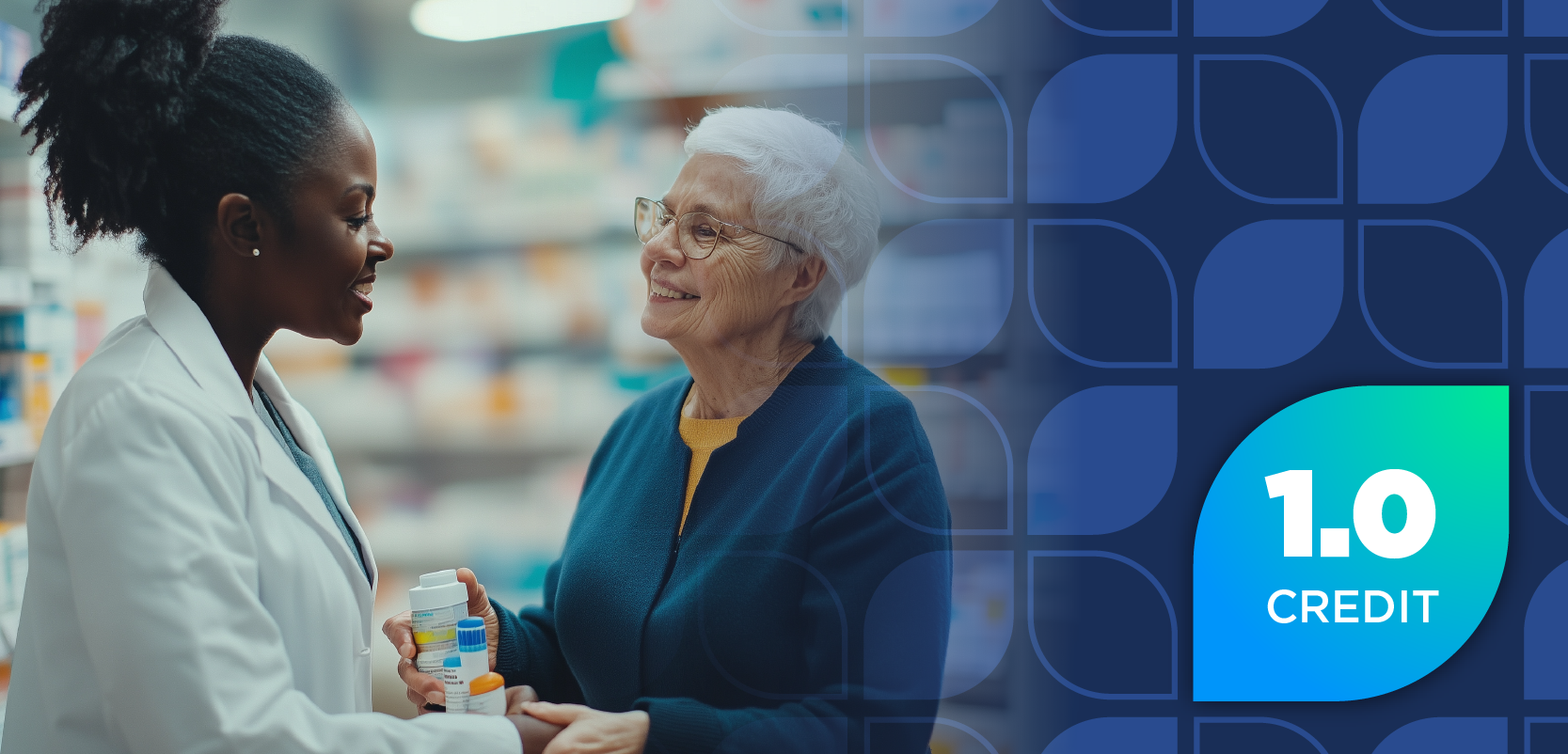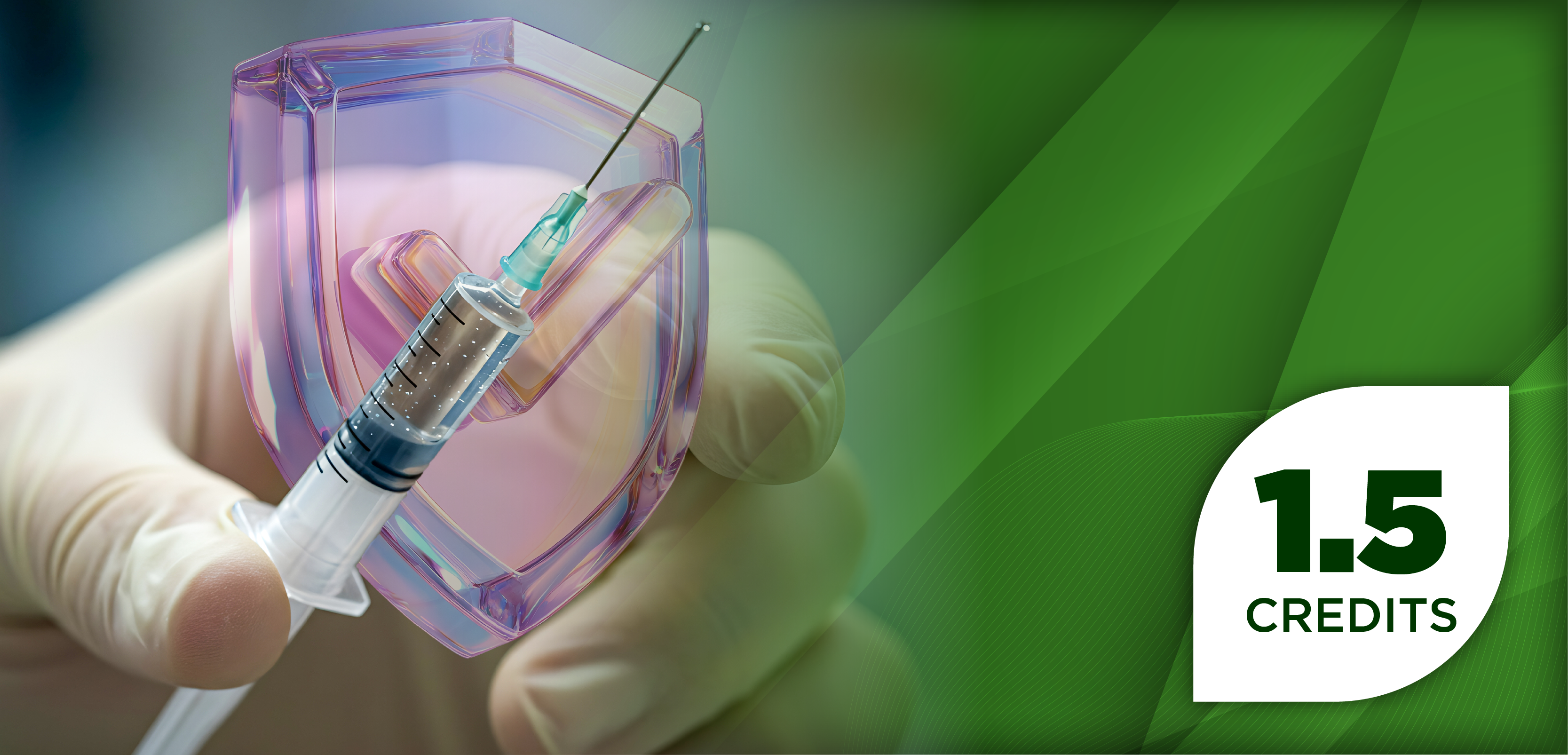
EHA 2025: GOLCA Plus Rituximab Shows Promise in R/R DLBCL
Julio C. Chavez, MD, MS, discusses updated data from the European Hematology Association (EHA) 2025 Congress on the investigational oral CELMoD agent golcadomide (GOLCA) plus rituximab in relapsed/refractory diffuse large B-cell lymphoma (R/R DLBCL).
As the treatment landscape for relapsed/refractory diffuse large B-cell lymphoma (R/R DLBCL) continues to evolve, novel agents that offer both efficacy and convenience are gaining traction. One such investigational therapy is golcadomide (GOLCA, Bristol Myers Squibb), a first-in-class, oral cereblon E3 ligase modulator (CELMoD) that has demonstrated promising clinical activity in combination with rituximab (GOLCA-R, Rituxan; Genentech). Updated results from the phase 1/2 CC-99282-NHL-001 study (NCT03930953), presented at the European Hematology Association (EHA) 2025 Congress, revealed an objective response rate (ORR) of 58% and complete response rate (CRR) of 44% at the 0.4-mg dose level, with responses observed across molecular subtypes and high-risk groups—including patients previously treated with CAR T-cell and bispecific antibody therapies.
Despite its encouraging efficacy profile, the regimen is associated with notable hematologic toxicities, including grade 3/4 neutropenia in 64% of patients and febrile neutropenia in 10%, underscoring the need for proactive supportive care strategies. With GOLCA advancing into phase 3 development, including in combination with R-CHOP (rituximab, cyclophosphamide, doxorubicin, vincristine, and prednisone) in the frontline setting (GOLSEEK-1 trial [NCT06356129]), the role of oncology pharmacists will be critical in managing cytopenias, optimizing prophylactic measures, and guiding outpatient implementation of this novel chemo-free regimen.
In this interview, Julio C. Chavez, MD, MS, associate member in the Lymphoma Section of the Department of Malignant Hematology at Moffitt Cancer Center and coinvestigator on the GOLCA study, discusses the clinical implications of the EHA 2025 data, dosing and safety considerations for pharmacists, and how GOLCA-R may help reshape DLBCL treatment pathways.
Pharmacy Times: As an oral, outpatient-administered therapy, how could GOLCA-R help shift DLBCL treatment paradigms away from hospital-based regimens, and what are the key challenges pharmacists should prepare for?
Julio C. Chavez, MD, MS: I think the management of cytopenias will be key to manage for these patients. I would recommend considering preemptive granulocyte colony-stimulating factor (G-CSF) on patients who had more than 3 lines of therapy (especially post–CAR T-cell therapy and post–auto hematopoietic cell transplantation). Antibiotic prophylaxis should be considered for those at risk of infections such as [older adults], neutropenia despite growth factors, and prior febrile neutropenia episodes. They should familiarize themselves with the dosing and schedule as well as dose reduction strategies. Also, counseling with other potential adverse effects (AEs) that can be seen with immunomodulatory drugs, such as lenalidomide, such as gastrointestinal AEs, rashes, and neuropathy, which is less frequent GOLCA, a CELMoD, per clinical studies.
Pharmacy Times: Given that responses appear independent of cell of origin and tumor microenvironment, do you foresee GOLCA-R being applicable across molecular DLBCL subtypes in future standard-of-care pathways?
Chavez: Responses independent of cell of origin was an interesting finding. We also saw responses in patients with high-grade B-cell lymphomas, including those with MYC and BCL2 rearrangements.
Pharmacy Times: With an ORR of 58% and CRR of 44% at 0.4 mg, how do GOLCA-R outcomes compare with other chemo-free regimens for patients who previously received CAR T-cell or bispecific antibody therapies?
Chavez: Both epcoritamab (Epkinly; Genmab and AbbVie) and glofitamab (Columvi; Roche Pharmaceuticals) have similar response rates than GOLCA-R, which is very encouraging given the logistics needed for bispecific antibodies. With CAR T-cell therapies (such as axicabtagene ciloleucel [Yescarta; Kite Pharma] and lisocabtagene maraleucel [Breyanzi; Bristol Myers Squibb), the ORR and CRR rates are higher, and the follow-up is longer. It is difficult to compare to a regimen such as lenalidomide (Revlimid; Bristol Myers Squibb) plus tafasitamab (Monjuvi; Incyte Corporation) as the L-MIND trial (NCT02399085) was very selective for patients with R/R DLBCL. However, when compared with real-world data of lenalidomide plus tafasitamab, the efficacy of GOLCA-R seems superior.
Pharmacy Times: What clinical or molecular characteristics—such as TP53 or BCL2 mutations—have shown potential as predictive markers of response, and how might that influence pharmacy-led treatment planning?
Chavez: In this trial, there was no specific biomarker that predicted response or resistance to GOLCA. All high-risk subgroups responded similarly regardless of cell of origin or high-grade lymphoma status.
Pharmacy Times: Neutropenia and febrile neutropenia were among the most common AEs, especially at the 0.4-mg dose. What role do you envision for prophylactic G-CSF use or infection prevention protocols in real-world pharmacy practice?
Chavez: Using growth factors in DLBCL will be key while on GOLCA-R given the clinical trial experience. Some patients may require prophylactic antibiotics.
Pharmacy Times: With one treatment-related G5 event (ie, pneumonia), how should pharmacists approach risk assessment and patient education for immunosuppressive complications with GOLCA-R?
Chavez: Pharmacist will be key in providing counseling for infections, specifically related to neutropenia. Pharmacists should advocate for the use of growth factors, especially at earlier cycles when we see most of the cytopenias.
Patients who develop neutropenia may need prophylactic antibiotics. We did not see significant interaction between GOLCA and common antibiotics used for prevention.
Pharmacy Times: Since GOLCA 0.4 mg is moving forward to phase 3, what key factors supported that dose selection despite higher rates of neutropenia?
Chavez: In the early trials, we see a correlation between number of lines of therapy and incidence of cytopenia (ie, neutropenia), especially in patients that received autologous transplantation. Current trials with GOLCA are focusing on earlier lines (eg, frontline and second line); therefore, I expect that cytopenia will be less frequent.
Pharmacy Times: What are the next steps in the phase 3 program for GOLCA-R, and how can pharmacists at clinical trial sites support its safe and effective implementation?
Chavez: The GOLSEEK-1 trial is the most important trial in DLBCL at this time (combination of GOLCA plus R-CHOP) which is ongoing. Adequate knowledge of the dosing and schedule will be key.
Newsletter
Stay informed on drug updates, treatment guidelines, and pharmacy practice trends—subscribe to Pharmacy Times for weekly clinical insights.



